
In bidding, the margin between winning and losing can be minuscule. And being number two is no fun – especially if you’ve invested a lot of time and effort and you miss out by just a few evaluation marks.
While it’s tempting to see such situations as mere bad luck, I’ve noticed a trend in the winning bids that I see: they make better use of ghosting techniques than the losing bids do.
The ‘ghosting’ I’m talking about here is finding subtle ways to lead your prospect to doubt that your competitors have the right solution or capabilities for the job. (It has nothing to do with that other sense of the word, where a romantic interest suddenly withdraws from communication rather than face a tricky break-up conversation.)
Good ghosting makes proposals more persuasive by showing customers the genuine risks and weaknesses in your competitors’ solutions. Done right, it can make that critical difference between winning and losing your next pursuit.
Failing to ghost
So it’s frankly a shame that many bid writers or teams put enormous effort into developing customer-focused solutions and submissions, only to miss out on a win by letting ghosting opportunities pass them by.
Don’t get me wrong: I realise there are perfectly valid reasons for this. For one, it’s difficult enough to develop a customer-focused solution and to express its benefits – never mind also investing time and effort thinking and writing about competitors. Some may feel that talking about competitors is a waste of valuable space in a submission, especially if there’s a tight page limit. And some people simply feel uneasy talking about competitors at all – for fear of irritating the customer or from a sense that it’s unfair to bash your rivals. (You might also be wary of giving the competition valuable air time.)
But you can ghost your competitors without being unfair and without upsetting the customer – and even without mentioning any names at all. You just need to go about it in the right way. That is, the way you’ll learn in this post.
Ghosting is critical for customer-focused bids
The fact is, you can’t develop a truly customer-focused bid if you ignore the fact that the customer has options. Bids are often highly competitive: a customer will usually have several bidders to choose from, as well as options like doing nothing, spending the budget on something else or performing the work in-house.
So we have to fight that all-too-common feeling that this one is in the bag. To win, you need to do the hard work of convincing the customer that your solution is their best option. Or, looking at it another way, you have to convince them that the other options are worse.
And that is what ghosting is for.
If you can ghost your competitors successfully, you’ll reduce the customer’s confidence in them. And since a lot of evaluation marks come down to the customer’s confidence in the bidder, you can effectively minimise your competitors’ scores.
A customer-focused proposal should make the customer’s decision as easy as possible. To do this, it needs to do two things:
- Sell your strengths.
- Explain the weaknesses of the other options.
We’ve covered how you can highlight your strengths before. Now let’s talk about how to address – and delicately undermine – the customer’s other options.
Follow the golden rule of ghosting
When it comes to ghosting the right way, the golden rule – do unto others as you would have them do unto you – applies as much as it does anywhere else. Bidding is competitive by nature, but it shouldn’t be about winning at all costs.
From a customer’s perspective, the whole point of the process is to find the provider and solution that best meets their needs. From a bidder’s perspective, the point is winning – as often and as easily as possible. But a key part of winning is pursuing only the opportunities where you genuinely are – or can become – one of the customer’s best options.
If you believe you have the right solution for the customer, you have every right to try to convince them of the strengths of your own and the weaknesses of the others on offer. But there’s no need to be underhand about it.
Assuming your strongest competitors also make informed bid/no-bid decisions, your key competitors for most opportunities will be worthy of winning the work. It wouldn’t be right (or credible) to simply claim that they don’t have the right skills.
Nor is it right (or sensible) to try to deceive the customer. If you think that a competitor has a better offer for the customer and the only way to win is by misleading them, then I’d simply stop pursuing that opportunity. You can even turn this to your advantage. Imagine the trust you’ll build by openly explaining why you believe you’re not their best option at this time – and how that will help you when the right opportunity with them does come along.
It’s also worth taking a second to consider the time and effort that businesses would save – and how much they could grow – if they focused only on opportunities that they were genuinely right for.
Outsmart your competitors with your solution
Instead of simply trying to get one over on our competitors, we can use the competitive nature of bidding to drive improvements in our offering to customers.
Key to this is developing a customer-focused win strategy for each opportunity. This involves assessing your and your competitors’ capabilities against the customer’s most important issues – and pinning down the actions you can take to improve your chances of winning.
Some of these actions will be about optimising the written proposal, such as what to include and what to emphasise.
But more important are the actions that will actually meet the customer’s needs in better ways – such as improvements to your actual solution or commercial offer. It’s not about making your solution sound like the best option; it’s about making sure it genuinely is.
So use your team’s insights and expertise to figure out what your competitors are likely to do. And then get to work on doing something even better for the customer.
Don’t leave marks on the table – show your workings
Once you’ve spent the time on identifying the best way to deliver the work, you can do a great deal of effective ghosting by simply showing your workings.
A lot of bid teams design their solution by weighing up their options and figuring out which will give them the best chance of winning. But few (in my experience) make the most of the hard work they’ve put into designing the right solution. While they do explain the benefits of their chosen approach, they don’t adequately cover the downsides of the alternatives.
Let’s say there are two ways to deliver a certain part of the work: approach A and approach B. You’ve assessed the options and decided approach A is the best for the customer (and why). So now you can ghost every competitor that plans to take approach B by fully explaining the drawbacks of following it.
You’ve already done the hard work of designing the right solution – don’t miss the opportunity to clearly explain your rationale.
Be subtle
Like most of us, customers generally want to make their own minds up and not feel like they’re being told what to do (or think) by anyone else. They’re also unlikely to trust you if you brazenly smear your rivals. So we need to keep our ghosting subtle.
For a start, don’t bad-mouth specific competitors. If there are strengths that you have over your competition, find a way to highlight these without directly naming other bidders. One way to do this is to quantify outcomes that you’ve achieved and compare these with industry averages. Or you can use independent awards or rankings to prove your superiority in these areas.
Also, instead of directly attacking a competitor’s approach, write about the customer’s various options as if you are weighing up the different approaches for your own solution. This way, you’re simply giving your expert opinion about the relative strengths and weaknesses of the options available – and underlining why the choice you’ve made is the best.
Be selective. Don’t ghost too much or it may become obvious what you’re up to. Focus on the customer’s most important issues and the points where you can genuinely differentiate yourself from competitors.
But don’t be too subtle
And because you’re being selective and ghosting only the most important things, you need to put in the work to make sure each of the arguments is utterly convincing.
The first step is to make sure that readers – even skim-readers – can’t miss these points.
So don’t simply mention in passing that approach B is riskier or less effective than approach A. Instead, include a trade-off analysis to help their decision-making process, and summarise it in an eye-catching table that emphasises the key pros and cons. You could also use images or graphs that relate to aspects of the different options and include captions that describe the weaknesses of alternative approaches.
Repeat your key ghosting messages at every opportunity and in a variety of ways. For example, as well as using the trade-off analysis, you could also highlight weaknesses in your risk register, if you’re including one. Here, you could show how approach A reduces or removes the risks that come with approach B.
And finally, focus on the details that will make these few key points as persuasive as possible. So, choose language that will resonate with the customer, pulling terminology from the ITT or RFP and meetings you’ve taken. Quantify the benefits your customer can expect. Identify and lay out the differences between your approach and the alternatives. And find or develop credible, verifiable evidence that supports your arguments.
Give yourself the advantage
Bid writing is a complex, critical and sometimes overwhelming undertaking. But you can always take comfort in reminding yourself of this simple fact: your bid doesn’t have to be perfect – it just needs to be that little bit better than the rest. And that’s where ghosting can give you the edge.
Want more hands-on help with your bidding? Have a look at our bid consultancy services or bid-writing training and get in touch if you’d like to chat about options.
Image credit: SasinParaksa / iStock





